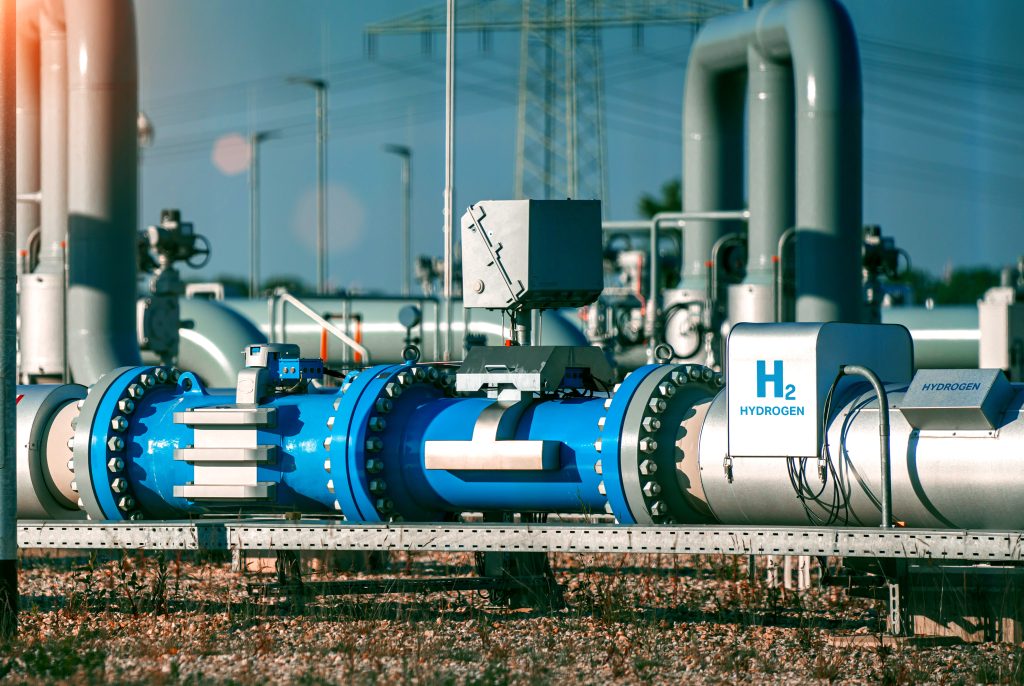
Artikel
Sådan vælger du de rigtige teknologier til brintdetektion
Brint er en alsidig og lovende energikilde, men sikker brug af den kræver pålidelige detektionsteknologier.
LÆS NU
Artikel
Crowcon på ahr 2025
Som start på vores arrangementer i 2025 vil Crowcon udstille på AHR Expo fra 10. til 12. februar.
LÆS NU
Artikel
CROWCON på HIL Brintindustrien 2024
Crowcon fortsætter sin deltagelse i Hydrogen Industry Leaders senere i denne måned, hvor vi er hovedsponsor...
LÆS NU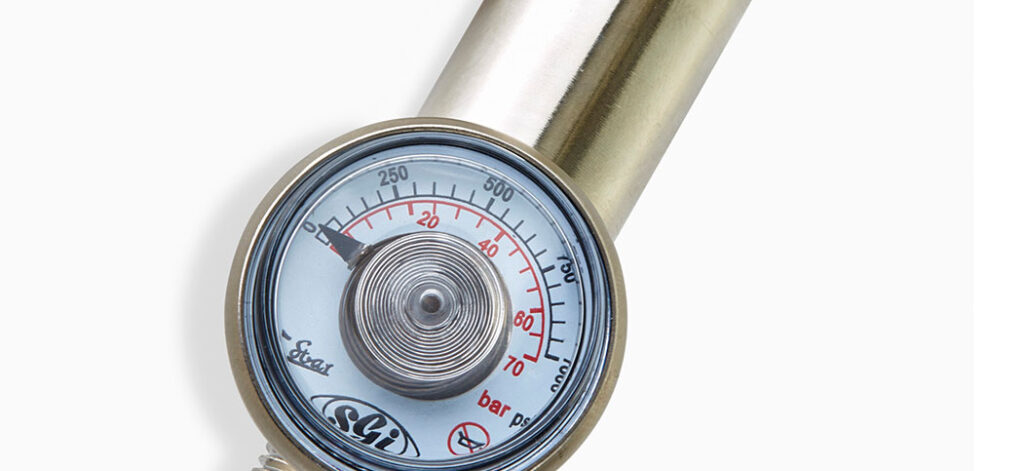
Artikel
En hurtig guide til bump-test
Det er vigtigt at følge producentens anvisninger for detektorenheder. Bump-testen sikrer, at enheden alarmerer korrekt og viser nøjagtig gas...
LÆS NU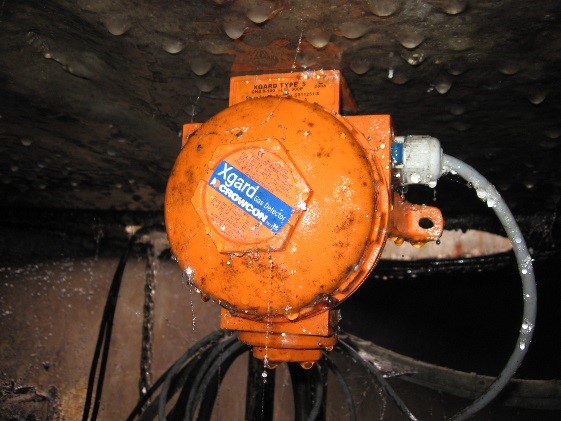
Artikel
Installation af faste systemer
Placering af gasdetektorer følger generelle retningslinjer snarere end specifikke standarder. Korrekt placering og valg af sensor er afgørende for effektiv detektion...
LÆS NU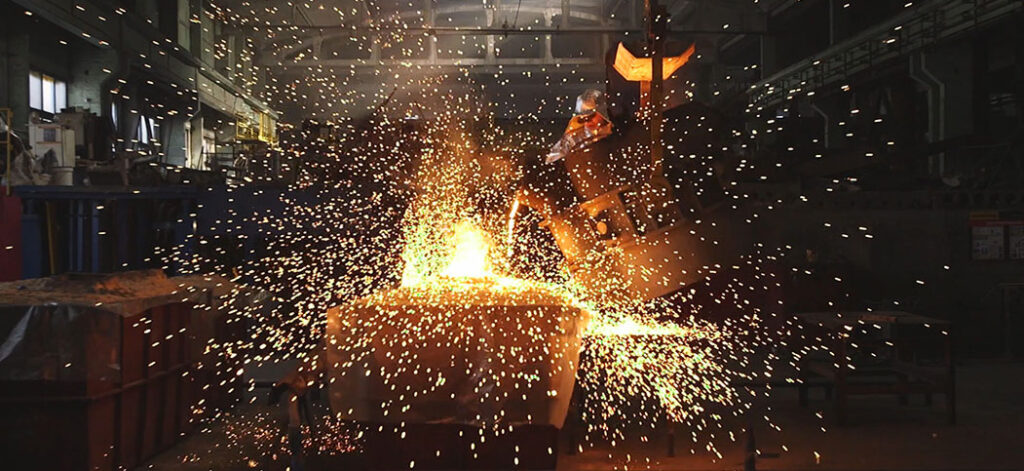
Artikel
Reducer sundhedsrisikoen ved svejsning
Svejsning er en meget energisk proces, der producerer en række forbindelser, hvoraf mange er ekstremt skadelige, såsom...
LÆS NU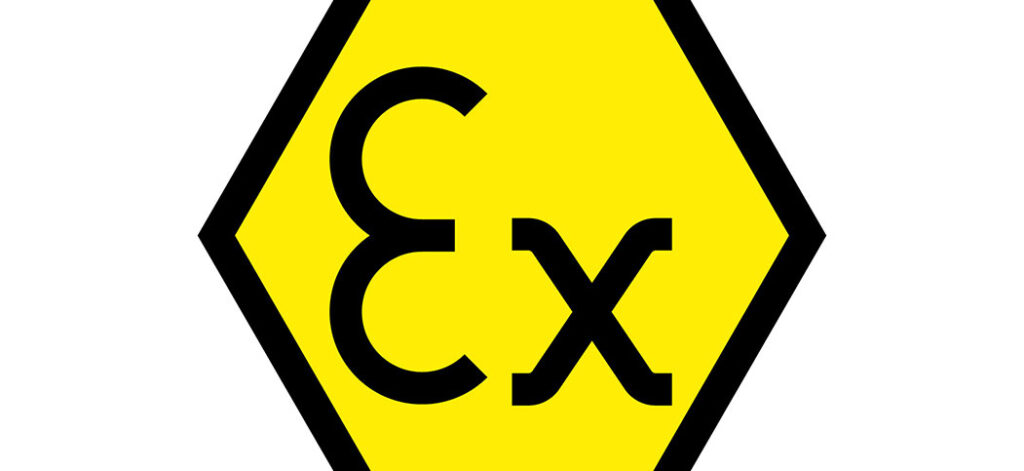
Artikel
Godkendelser til farlige områder
Det er afgørende at sørge for sikkerhed i miljøer med farlige gasser eller støv. Korrekte godkendelser og udstyrscertificeringer er nødvendige for at mindske...
LÆS NU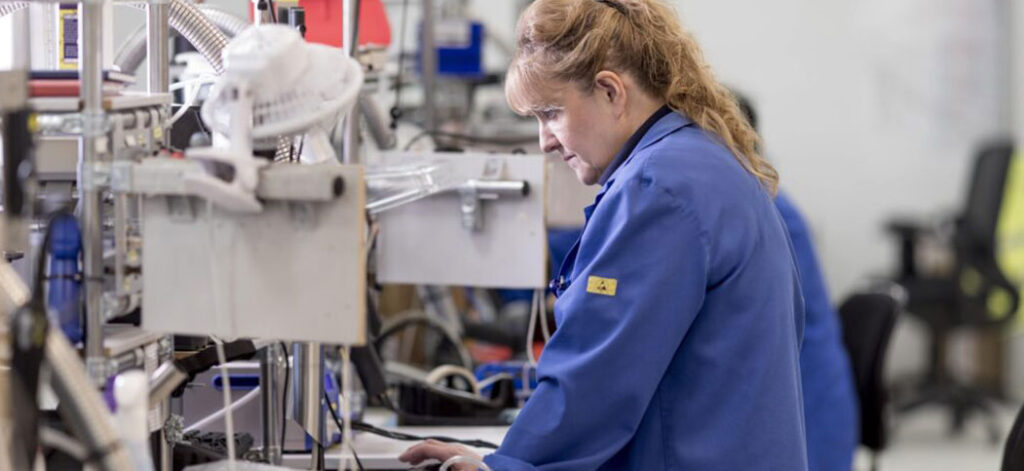
Artikel
Kalibrering: Hvad er det grundlæggende?
Korrekt kalibrering af gasdetektorer sikrer, at de præcist advarer brugerne om gasfarer. Kalibrering justerer detektorens aflæsninger, så de matcher...
LÆS NU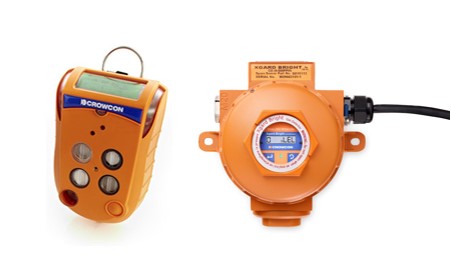
Artikel
Gasdetektorer: faste eller bærbare
Gasdetektorer findes i bærbare og faste formater. At vælge den rigtige type afhænger af faktorer som gastype, farens varighed,...
LÆS NU
Artikel
Forbrænding af gasser og dampe
Organiske kemiske forbindelser, især kulbrinter, er brandfarlige. De reagerer med ilt og producerer varme ved forbrænding.
LÆS NU
Artikel
Hvad er LEL?
Den nedre eksplosionsgrænse (LEL) definerer den mindste koncentration af en gas eller damp i luften, der kan antænde...
LÆS NU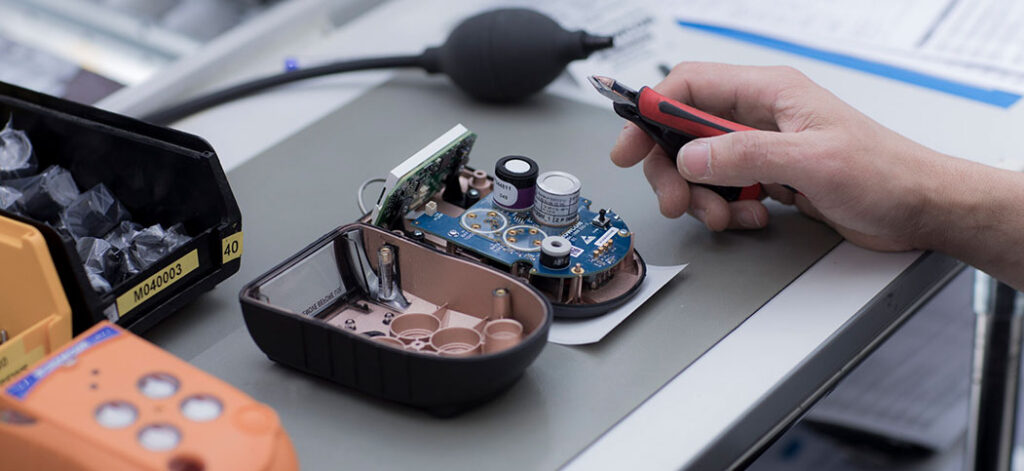
Artikel
Grundlæggende om gasdetektering
Gasdetekteringsteknologien har udviklet sig betydeligt, fra tidlige kanariefugle til moderne, avanceret udstyr, der forbedrer medarbejdernes sikkerhed med kontinuerlig og præcis...
LÆS NUVil du høre fra en ekspert?
Uanset om du er på udkig efter ekspertindsigt til forskningsformål eller ønsker at tale med et medlem af teamet til en artikel, er vores marketingteam glade for at kunne hjælpe. Skriv venligst din forespørgsel her, så kontakter vi dig hurtigst muligt.
Læs om Crowcon's Privatlivs- og cookiepolitik her. Hvis du ombestemmer dig, kan du til enhver tid afmelde dig.








